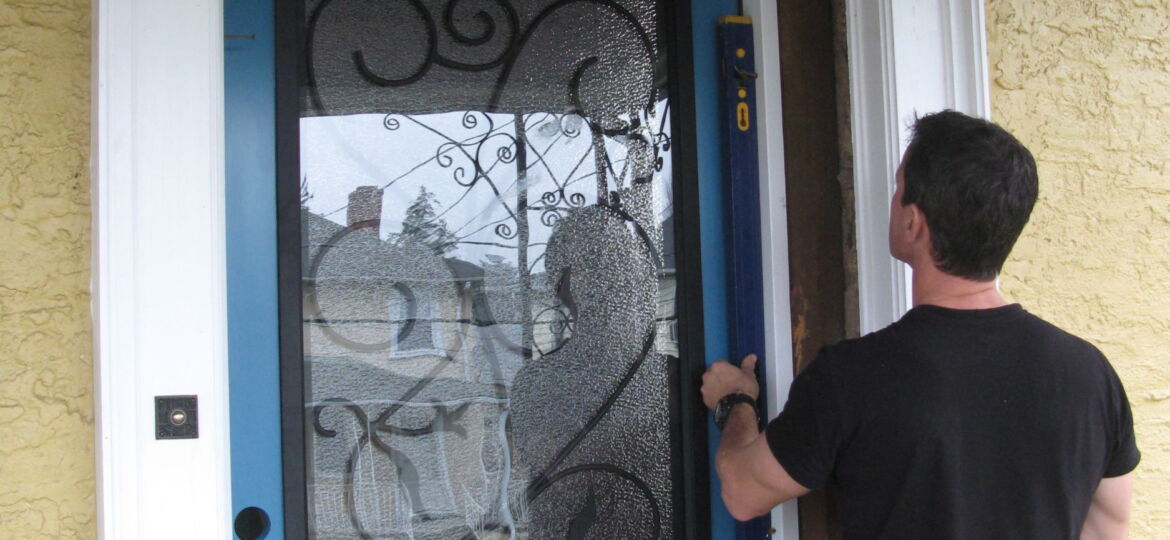
Not that every month here at MyFixitUpLife isn’t national home improvement month, but for the record National Home Improvement Month is May. And while I’ve roofed in February (and July) and had windows out of the house in winter (and doors in summer), May is a good time to take stock—and take action—on lots of projects.
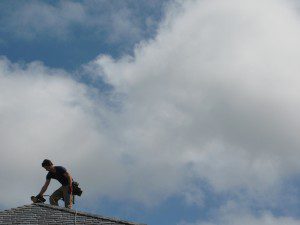


Of course, it’s easy to write about jumping on the landscape/gardening stuff but the reality is that May is a little late for lots of Spring plantings and lawn care (not that you shouldn’t do it; it’s just that there are optimum times.) Anyway, as I mentioned above, I’ve had houses opened up year round—both customers’ houses and my own. While cutting in skylights in December sounds like fun (it does?), it’s bitter on your energy bills.
Enter mild May.
Not only is nice enough to get outside and check your shack, it’s a great month to do the work or have it done. And while there’s still time to get your late season blooms in during May, I like to think a little further ahead to next winter’s big weather—before it’s here.
Roof. Lots of homeowners stop seeing their roof after a few years. Heck, for one reason or another, many can’t even see all if it from their property.
Stroll around the neighborhood and check different site lines to your roof. Are shingles missing, cracked, rippling (or “baconing”—do they look like they curling up like bacon in a frying pan?) Is there other damage? Keep in mind that the roof plane facing the stetting sun—also shallow-pitches like shed dormers—can take a significantly harder beating than the rest of the roof, which may otherwise look fine. I’ve seen East and West-facing roof planes that look like they’re different houses. The other thing I think about roofing-wise is that the only thing I want to think about after installing it is to enjoy it (either because I like looking at it or because I want to sell a spec house faster) so I’m in the “once-and-done” category and I like to with a 50-year synthetic slate style roof.
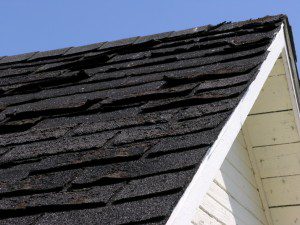


Siding and Trees. Siding comes in so many flavors, it’s hard to be specific here. But generally speaking, look for failures—or potential failures. Stucco can crack or erode. Brick may need re-pointing. Claddings may develop mold or algae, which might mean there’s a tree issue. Big trees overhanging a house should be healthy and it’s smart to have a qualified tree guy check them. They should also let enough light through to keep the house so that it can dry out and not get moldy. And if there are branches overhanging or touching the house, that’s a critter bridge into your attic. You can do the civil engineering on that one.
Windows. Honestly, you’ll probably know way before May if it’s time for new windows. Whether you just paid money to throw heat and AC out of your house all year or there’s condensation between the panes or they just don’t work right any more (builder-grade windows are notoriously flimsy; even old replacement windows cease to operate right after a few decades) and May is an ideal month to have your house open while they’re replaced. If budget is an issue (when isn’t it?) it makes sense to replace windows a floor at a time. And, if you live in town or in a storm area where you want an extra line of defense, check out laminated glass windows.
Gutters. Clogged gutters can cause all kinds of problems, among them they can contribute to ice dams by holding water. Check that they’re not only clear but that they’re in good repair and drain away from the foundation. If there’s a mud spot at the bottom of a downspout, I usually empty those into French drains of sorts. I dig a trench and fill with rock (wrapped in landscape fabric) then connect the downspout to a landscape tube. I then bury all that and plant grass on top.
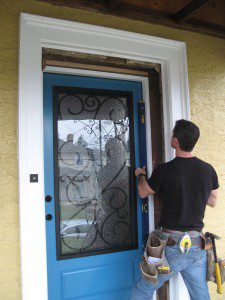


Entry Door. Doors are like windows in that you’ll probably already know that it’s time for a new one by May. Mild weather makes an ideal time to get a new one in there. And thinking ahead to when it won’t be mild anymore, we beefed up the insulation factor—and wow factor—with a fiberglass door in our house.
When may I get started on these projects?

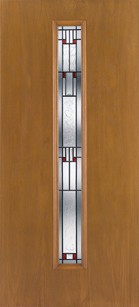

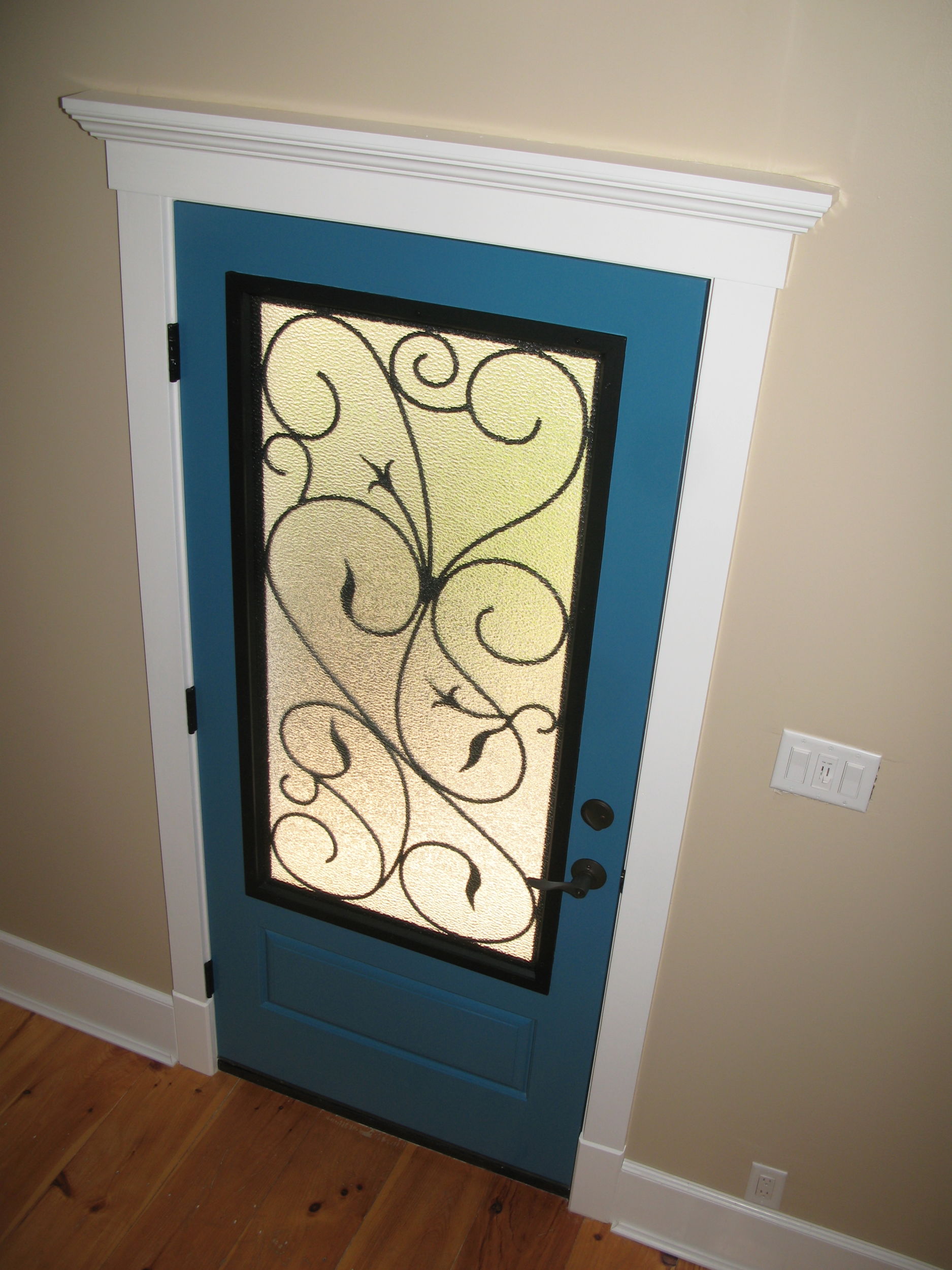
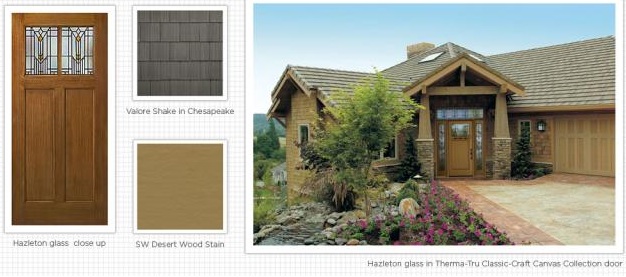
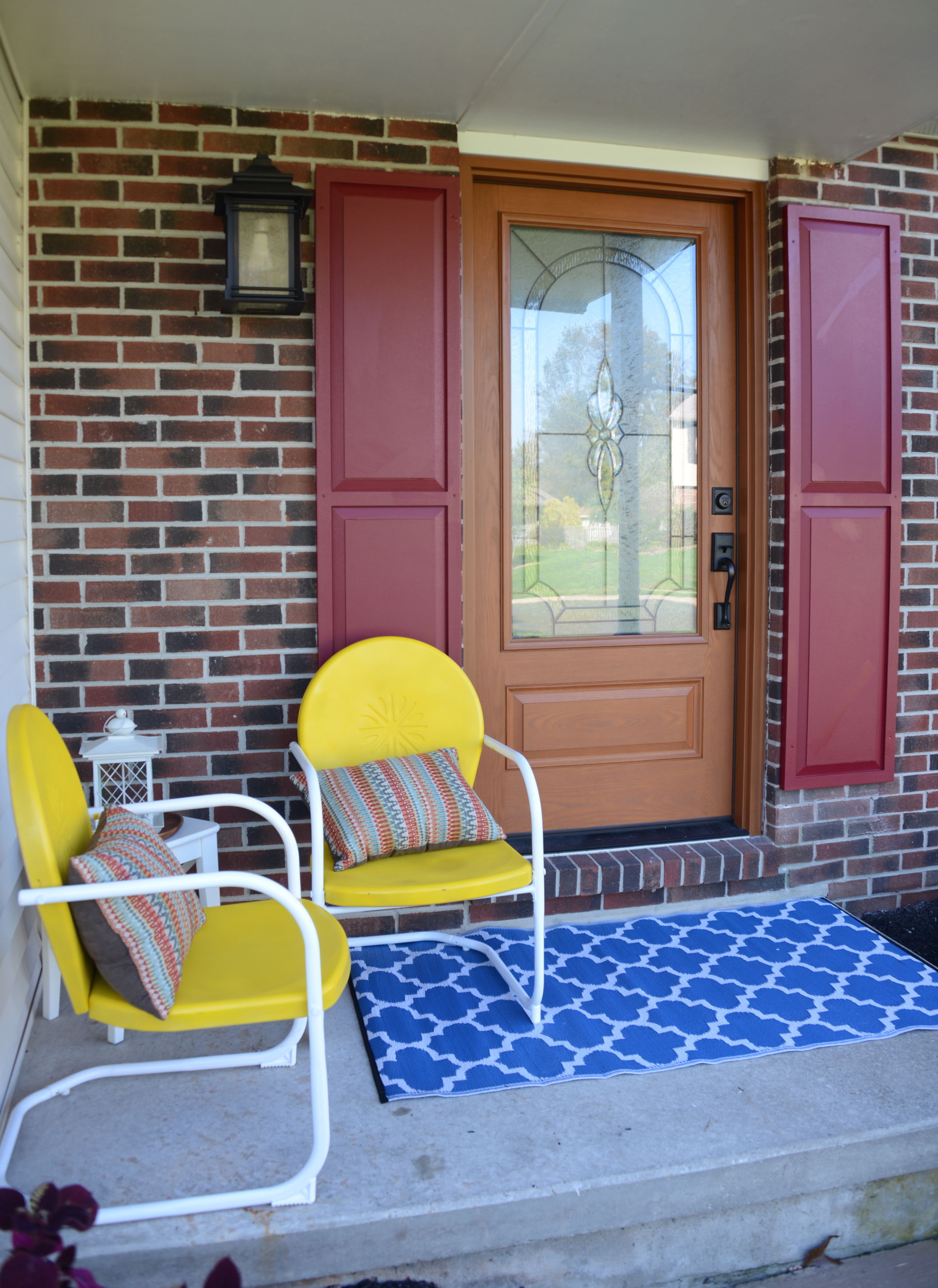
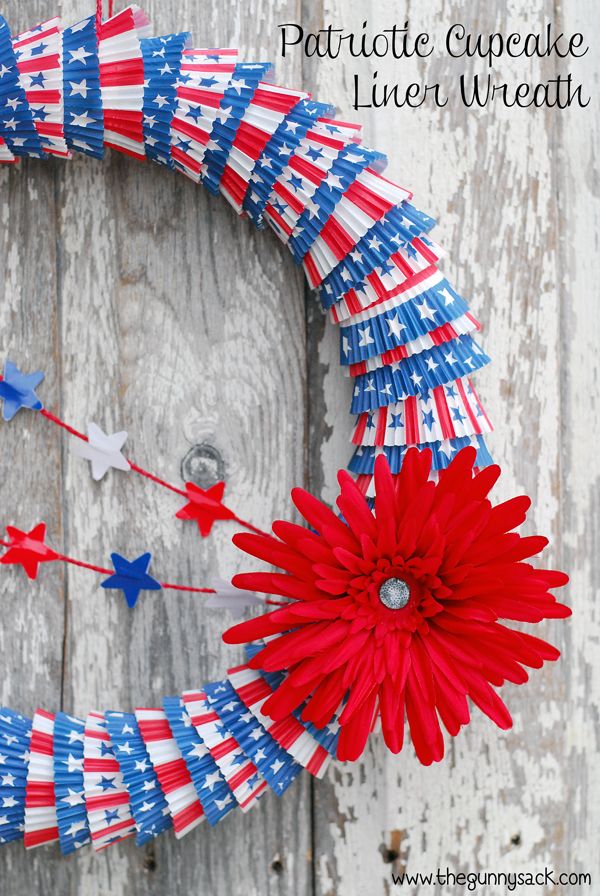


A National Home Improvement Month? Whew! This is another important thing I have learned so far. All I know is that I have my own house to maintain and improve. Well, this is something that enhances every homeowner’s awareness when it comes to home development and improvement project. For me, May is such a perfect month for this particular occasion. Thanks for this informative post!
Jenn Anderson
Boston, MA
I am having l nightmares over the Rhino Shield covering on my house, installed just over three years ago. Large bubbles are in the material that I can slit and hand peel the material, right down to the bare red cedar clapboards, which were also primed with an oil primer and finished with latex paint before the Rhino-Shield was applied. The material has a lifetime guarantee, so when I called several persons, including the owner Rhino Shield they all came over quickly.
Rhino Shield said that the material was probably put on when the cedar was damp, and thus would strip everything and apply a new primer and finish coat, let dry, then apply new Rhino Shield, adding that there will be no more work till flashing is….
Read more about my issue here
http://www.bostonglobe.com/business/2013/09/14/coating-home-bubbled-after-years/EvVT7CXrTWHf9A6Ky9eF9N/story.html